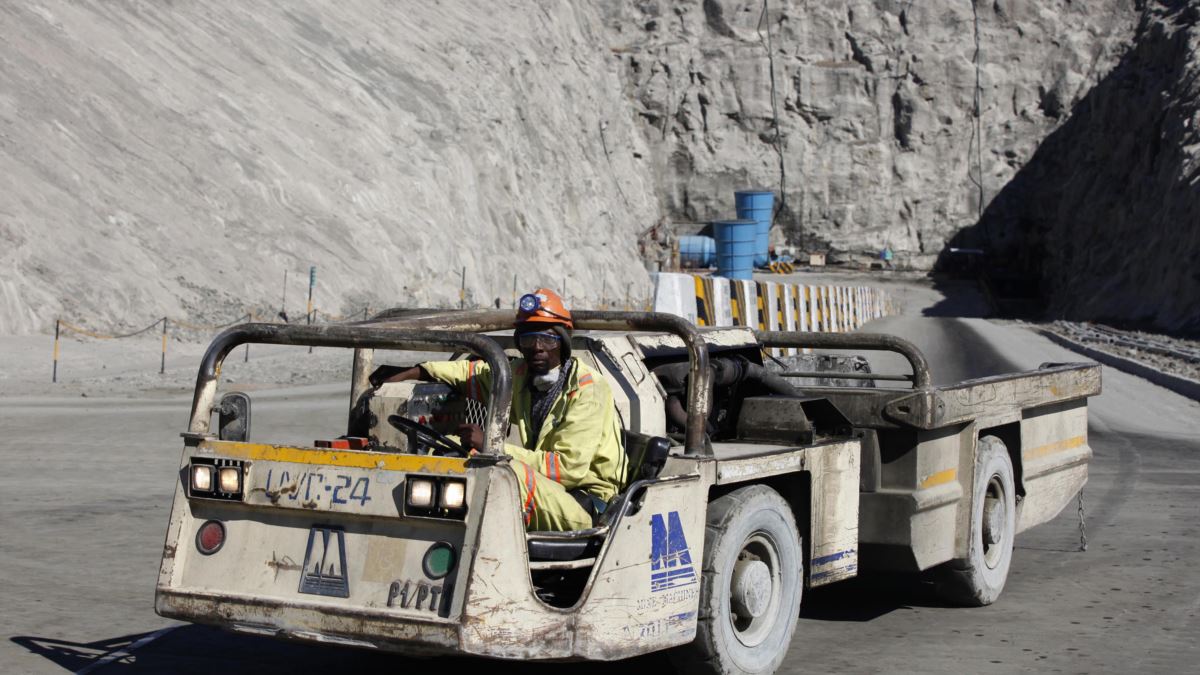Platinum production jumps 6 percent
Platinum output rose 6 percent to 354 000 ounces in the first nine months of 2021, from 333 000 ounces in the same comparative period last year, latest official data shows.
The southern African nation, home to the world’s second largest known deposits of platinum group metals (PGMs) after South Africa, has three platinum-producing mines namely Zimplats, Mimosa and Unki.
Platinum group metals are of strategic importance to Zimbabwe overall export performance, they account for the largest inflows of foreign currency annually.
Figures from the World Platinum Investment Council (WPIC) quarterly global production report, however, show that Zimbabwe’s platinum output declined 4 percent from 115 000 ounces in the third quarter of 2020 to 111 000 ounces in the same period this year.
Output was also 11 percent down compared to the previous quarter.
“Zimbabwe continued its long-term undisrupted production performance in the quarter with output of 111koz, a modest 4koz year-on year decline.
“Scheduled maintenance at several concentrators was in part offset by improved smelter output following a furnace reline,” stated WPIC.
Global refined production posted another quarter free from large-scale disruption, increasing by 7 percent year-on-year to 1 597koz, as the processing of semi-processed inventory in South Africa accelerated, while recovery from the extreme disruption of mining operations in 2020 continued, according to WPIC.
Zimbabwe’s platinum production is estimated at 467 000 ounces in 2021, representing a 4 percent rise compared to 448 000 ounces recorded last year. In 2022, output is expected at 465 000 ounces.
“Underlying Zimbabwean mined output is expected to grow next year due to processing debottlenecking and mine development,” WPIC said.
“However, the normalisation of semi-finished material through South African smelters and refineries is expected to result in Zimbabwean refined output remaining essentially unchanged at 465koz.”
World platinum demand is projected to end the year weak but forecast to pick up a bit in 2022 according to the WIPC.
A key factor in the gradual downgrading of the demand outlook for 2021 has been the impact of the global semiconductor shortage on automotive demand.
This has resulted in the estimate for global light vehicle production in 2021 being eroded from 87 million vehicles to 76 million vehicles.
This has effectively reduced projected automotive platinum demand from 2 996koz, projected in the 2021 outlook last year, to 2 704koz today, with the automotive production demand losses being partially offset in 2021 by 200koz of platinum for palladium substitution.
Looking into 2022, automotive demand growth of 20 percent to 3 237koz is based upon expected production of 85 million light vehicles.
This reflects a pick-up in forecast production, as the impact of the semiconductor shortage is anticipated to begin to ease, as automakers adjust product offerings to spread semiconductor supplies more broadly to maximise vehicle production in the face of continuing strong consumer demand.
At the same time, the 2022 vehicle production outlook remains a long way below preCovid-19 and pre-semiconductor shortage projections.
Zimbabwe is envisioning a US$12 billion mining industry by 2023 with platinum constituting a major component of the anticipated growth.
Of the US$12 billion target, gold, platinum diamonds are targeted to contribute US$4 billion, US$3 billion and US$1 billion respectively.
Chrome, iron ore and carbon steel will contribute US$$1 billion while coal and hydrocarbons will contribute the same. Lithium at US$500 000 while other minerals will constitute US$1,5 billion.-The Herald









